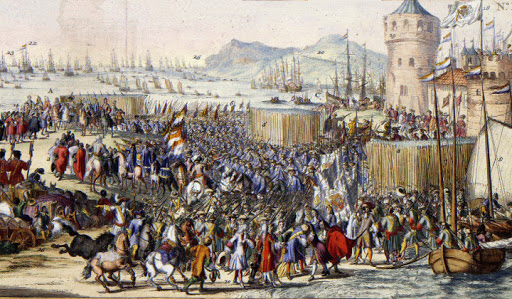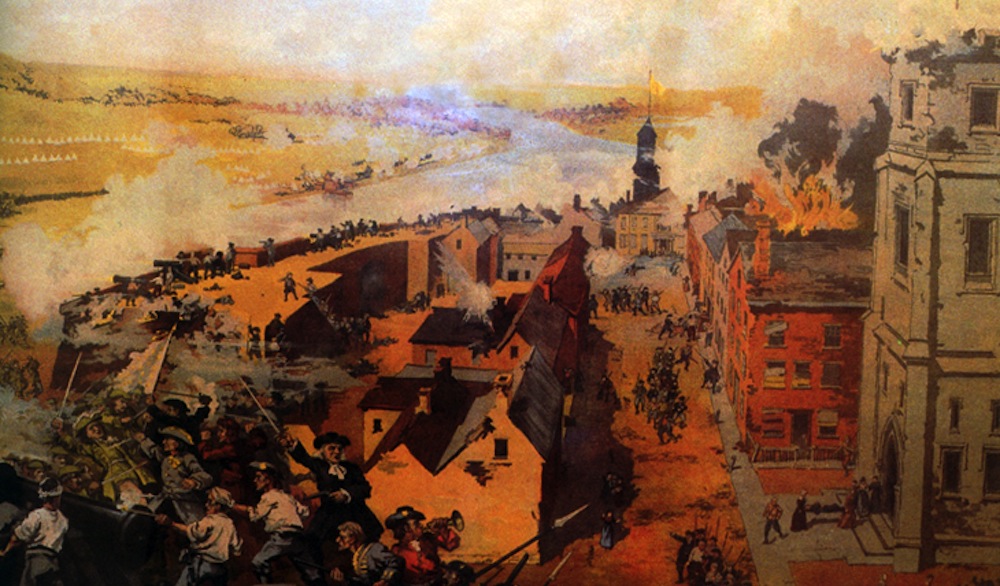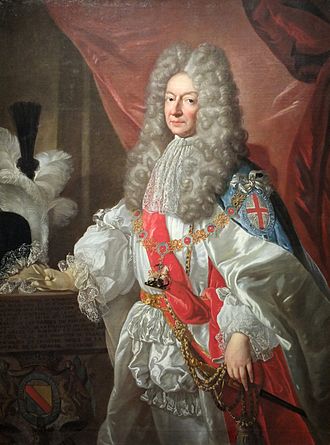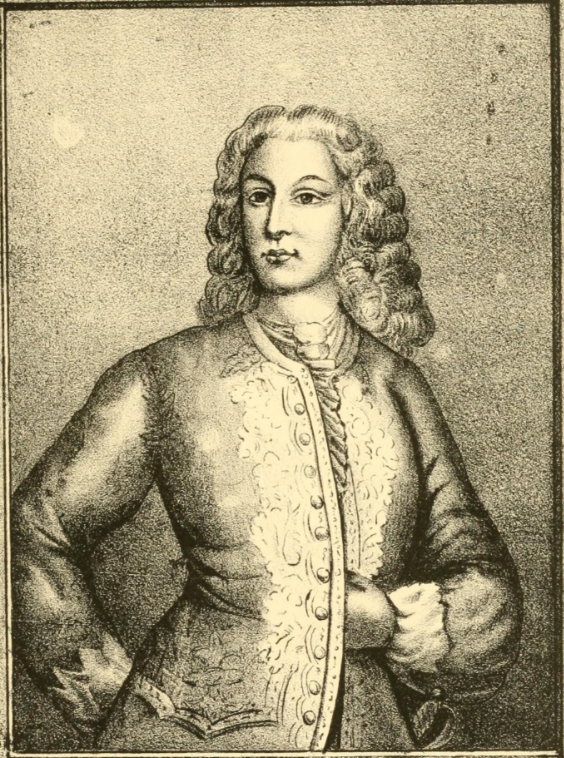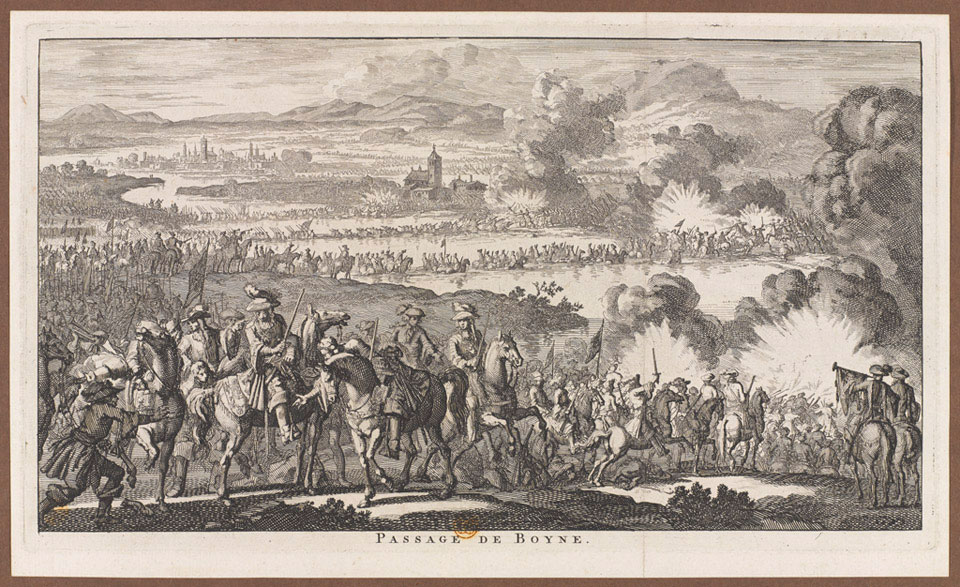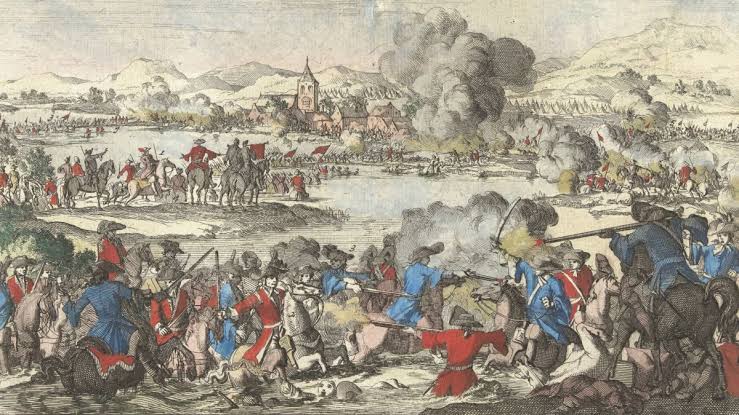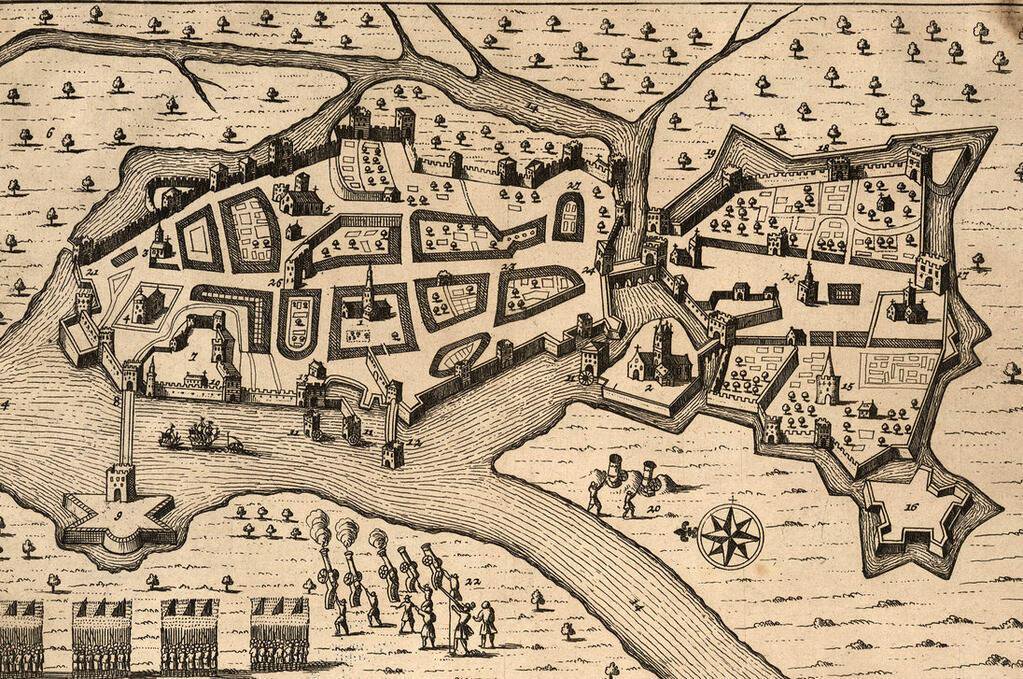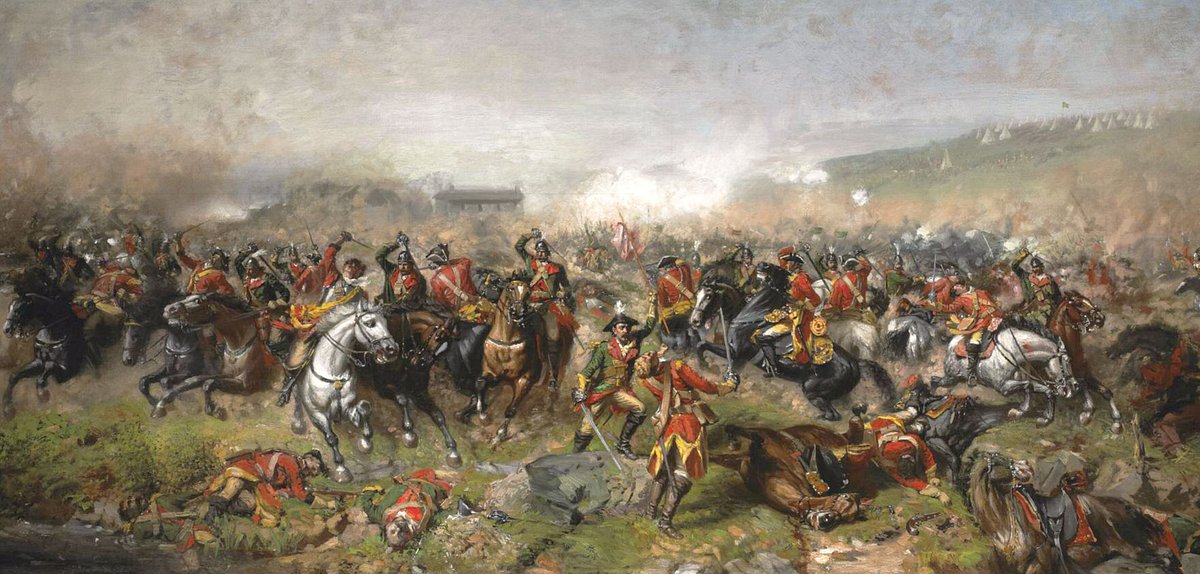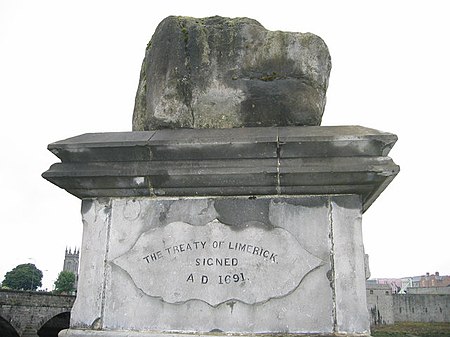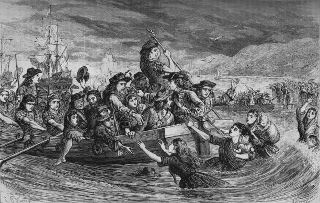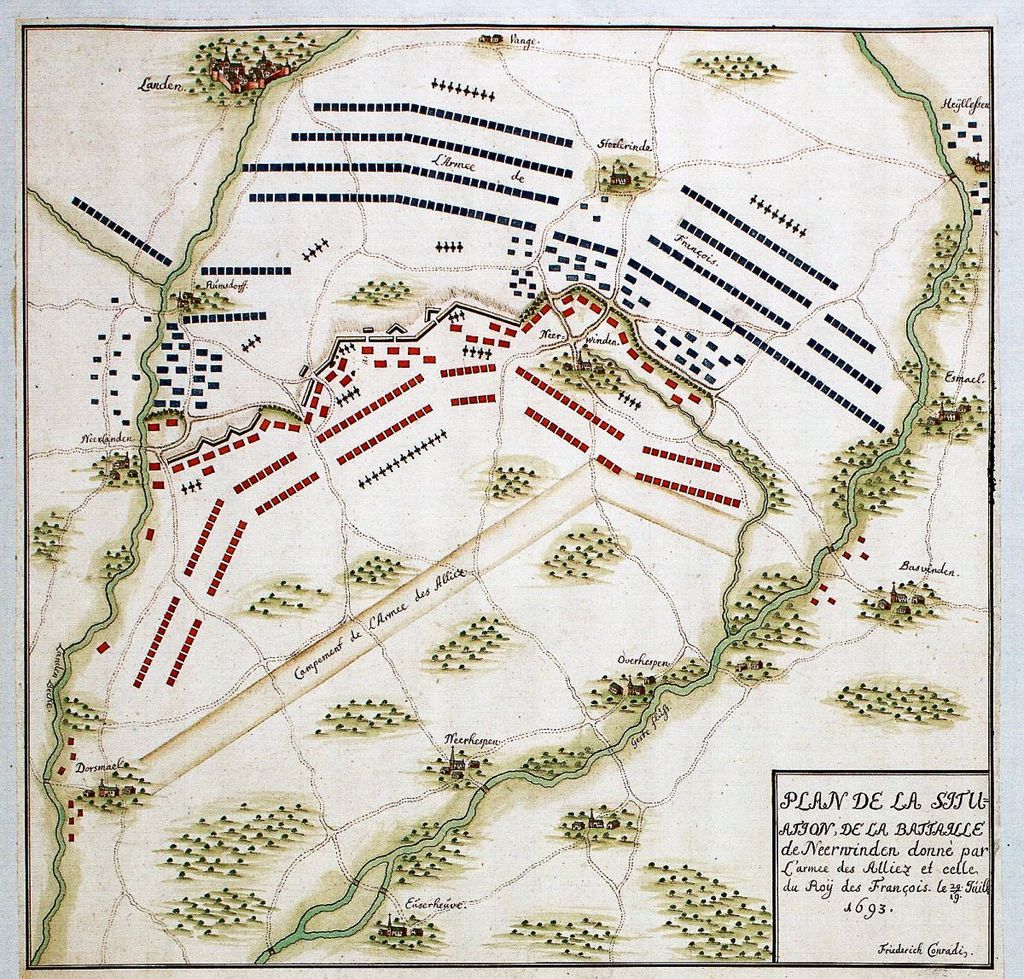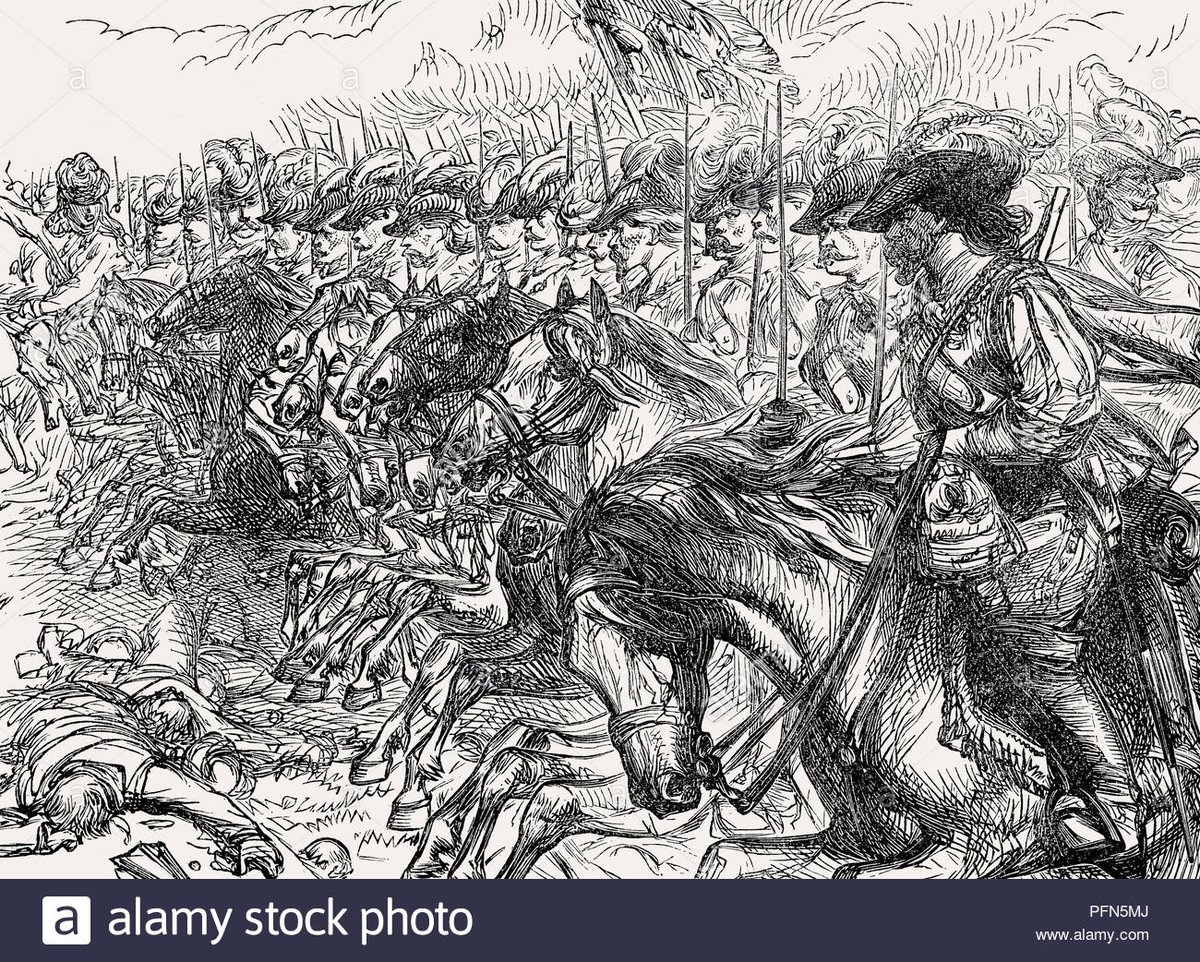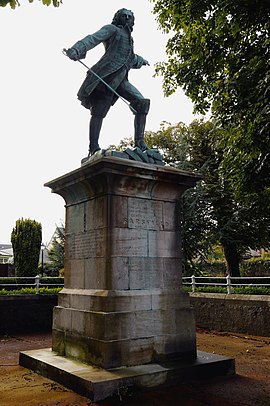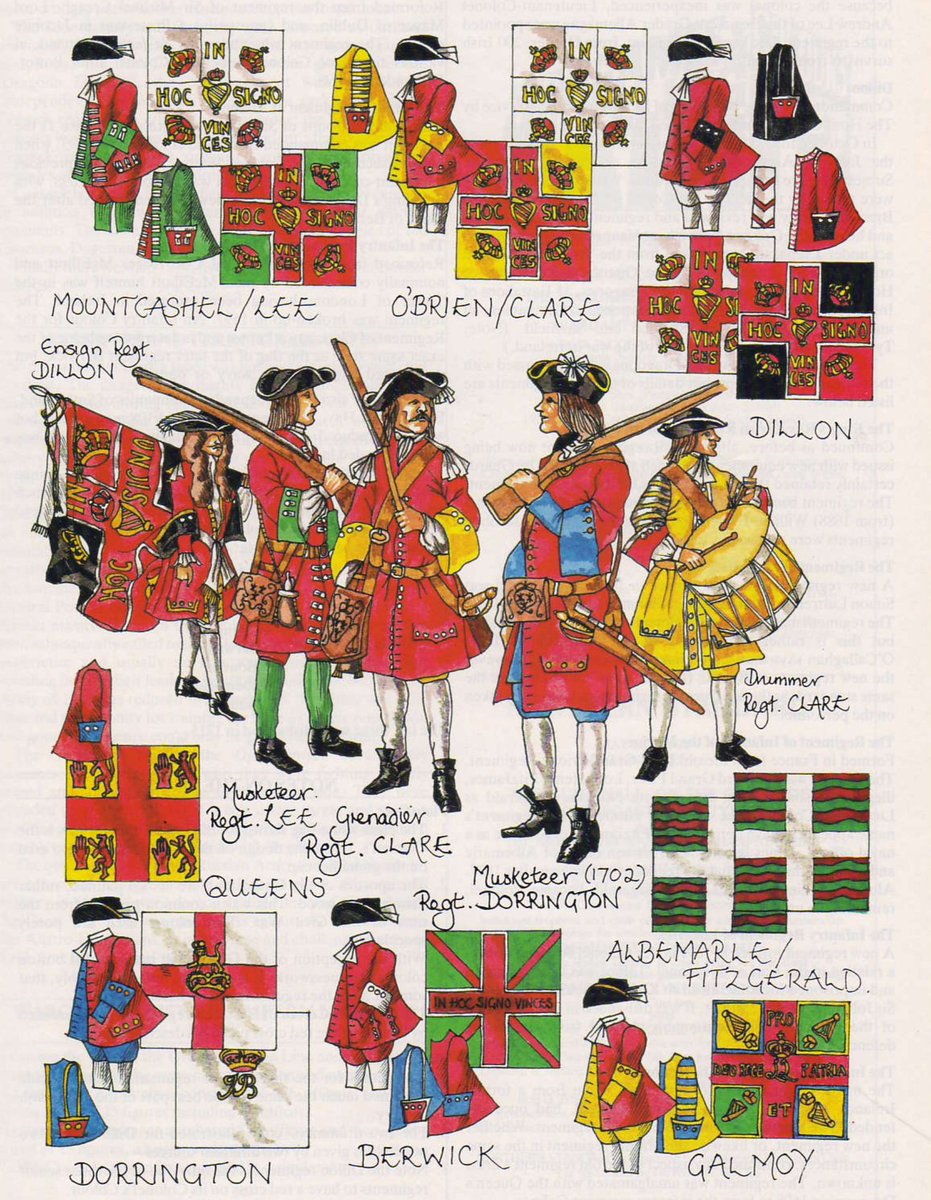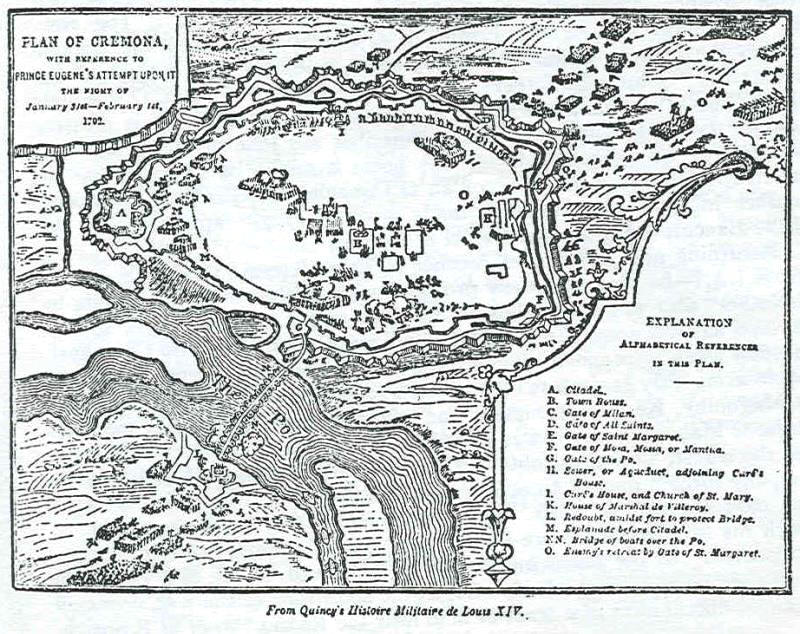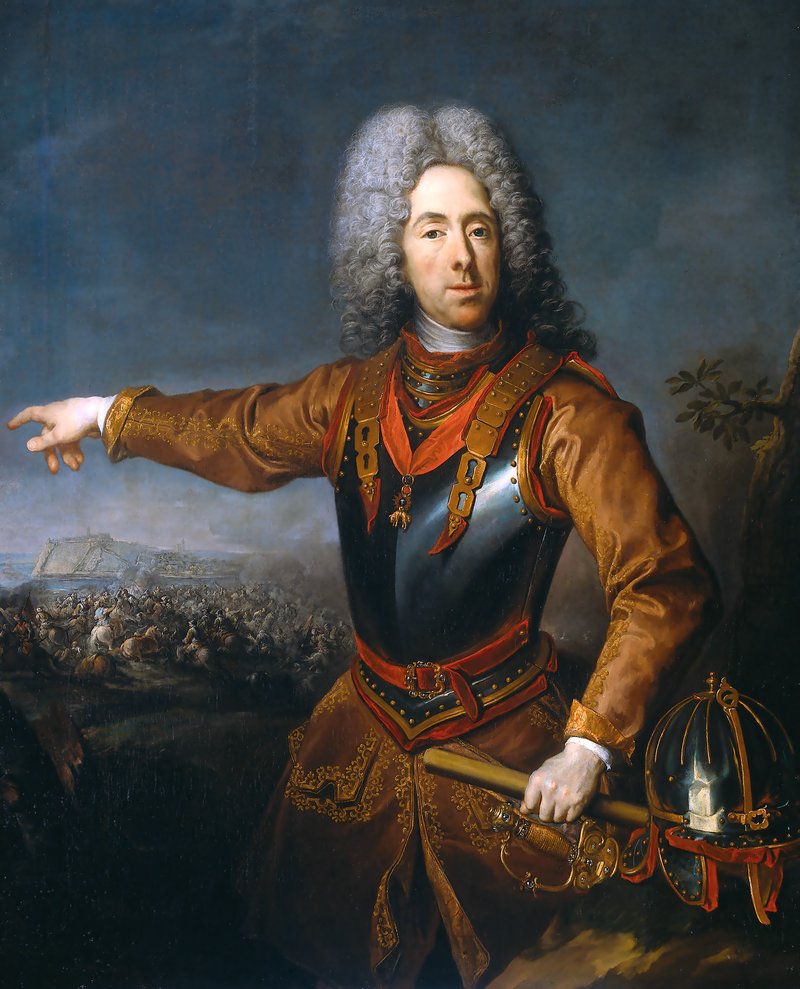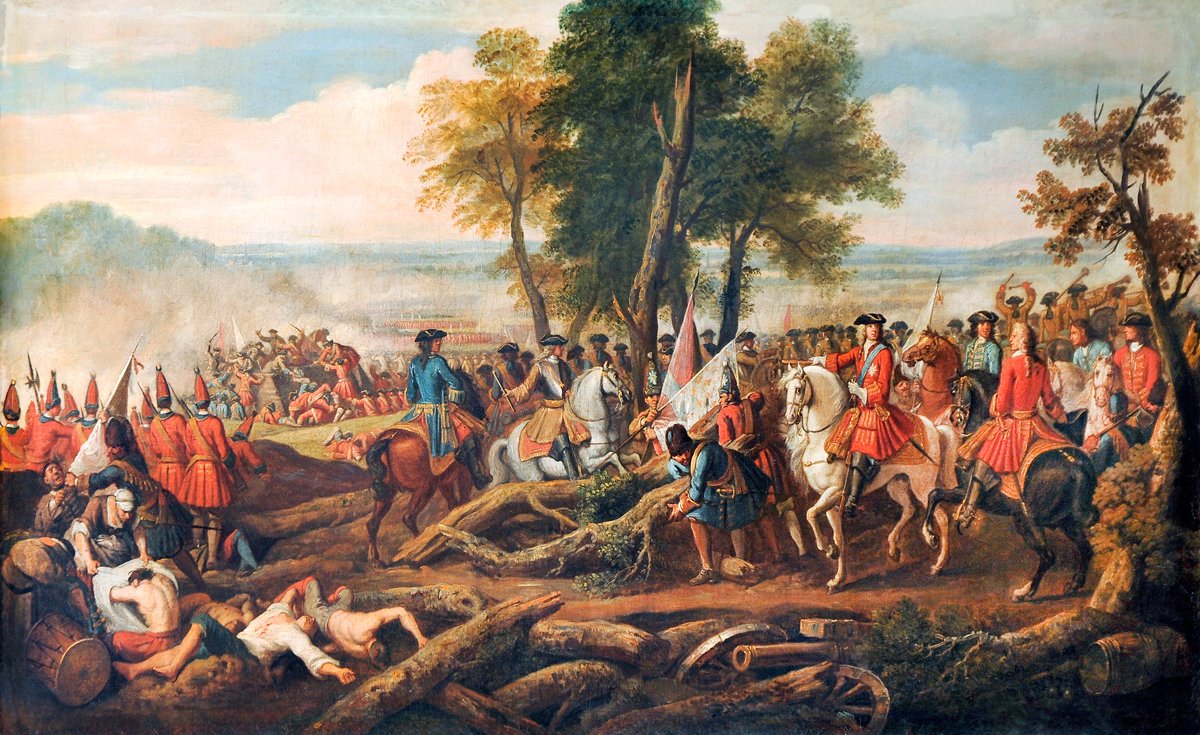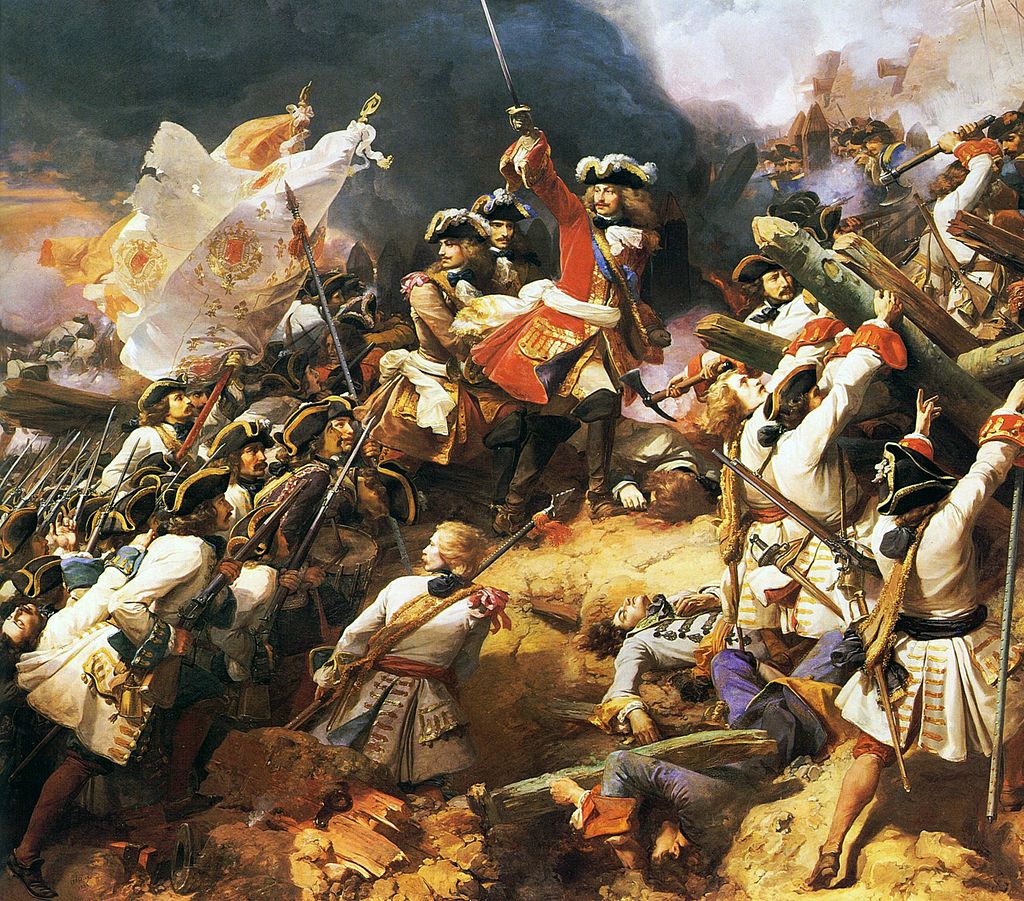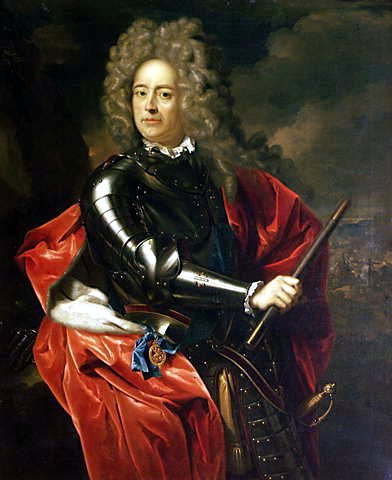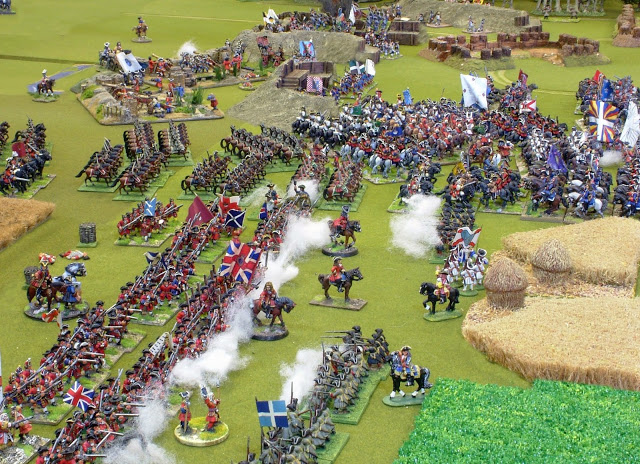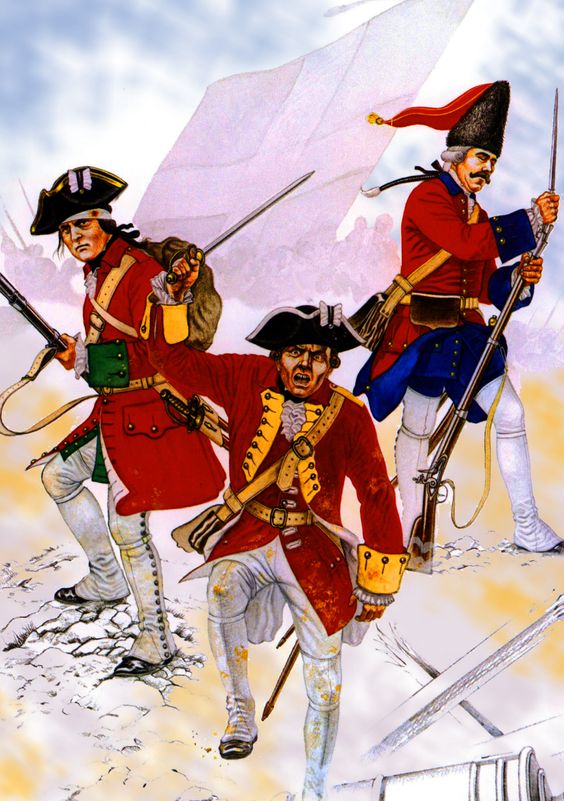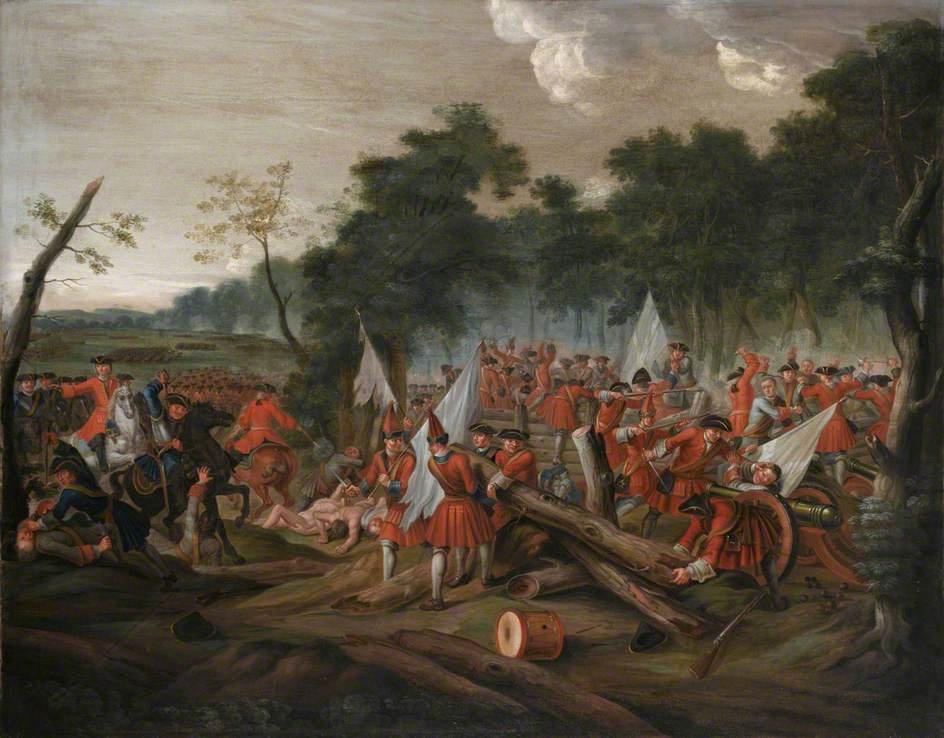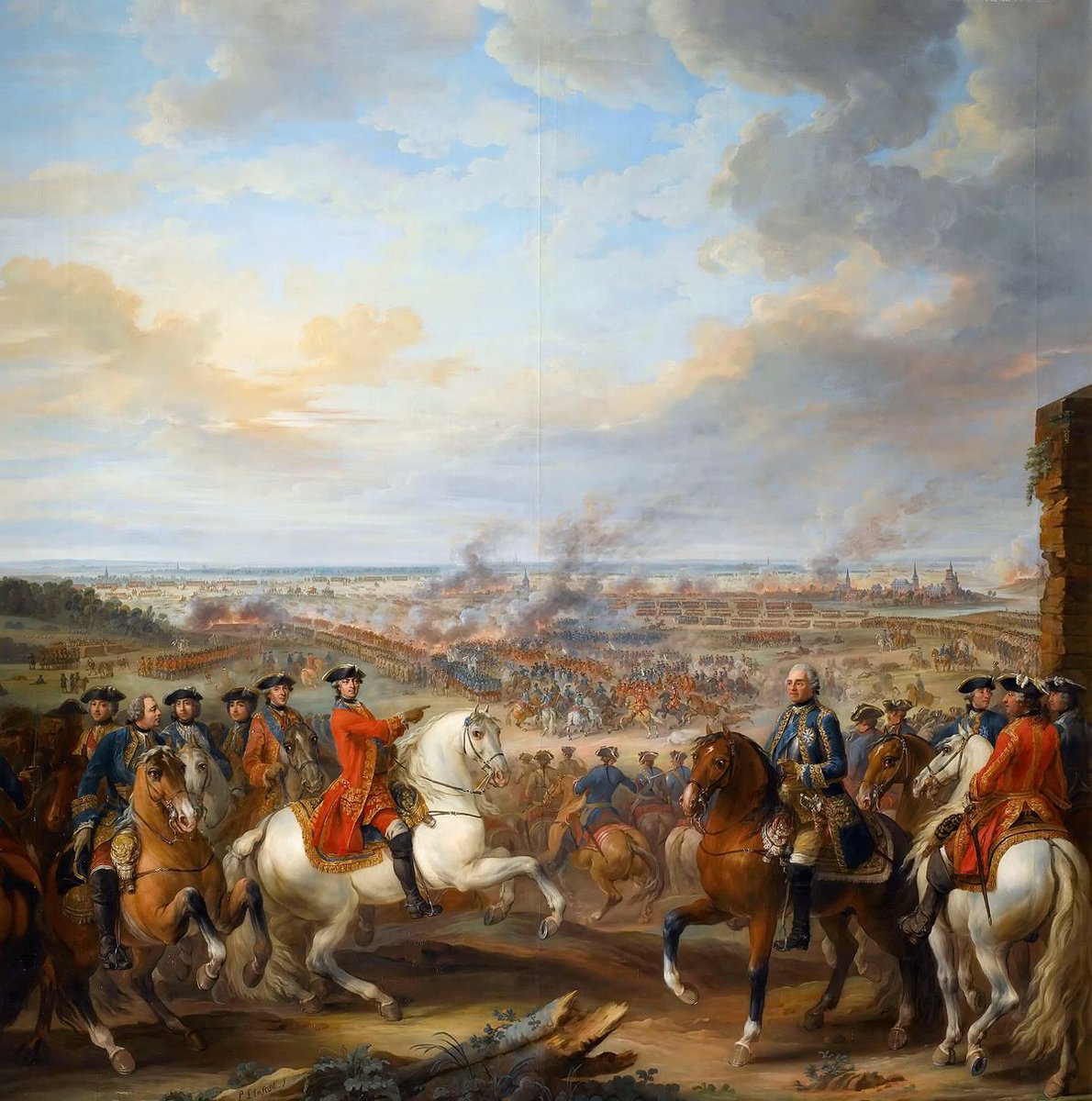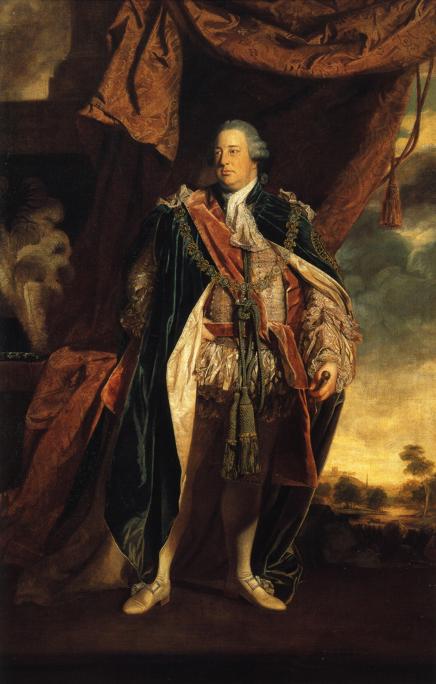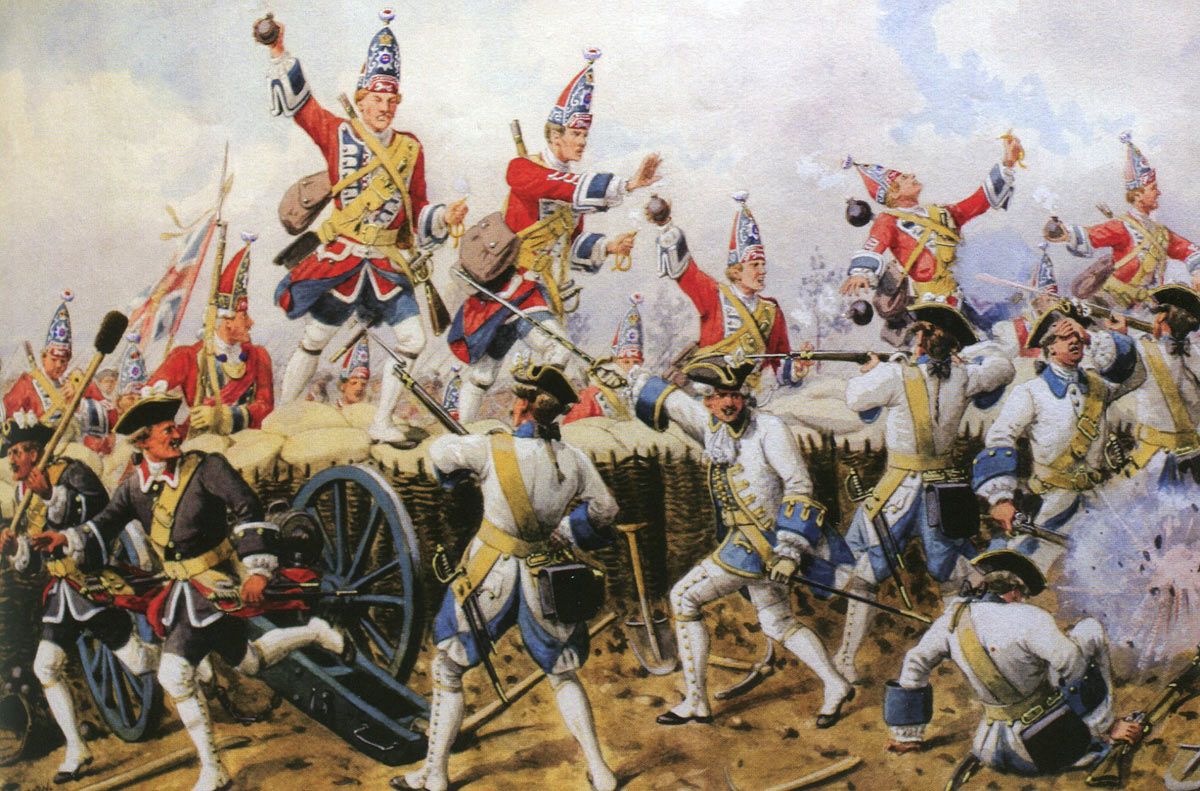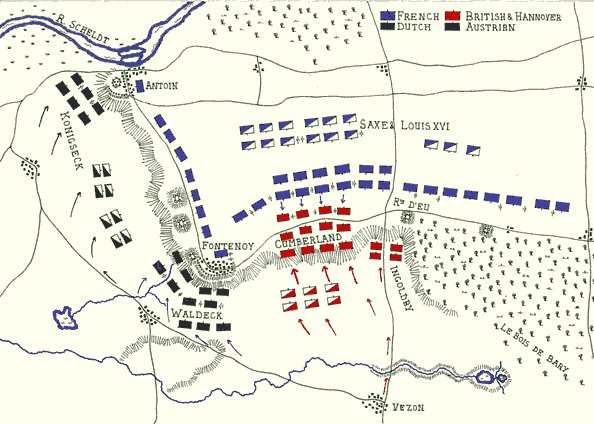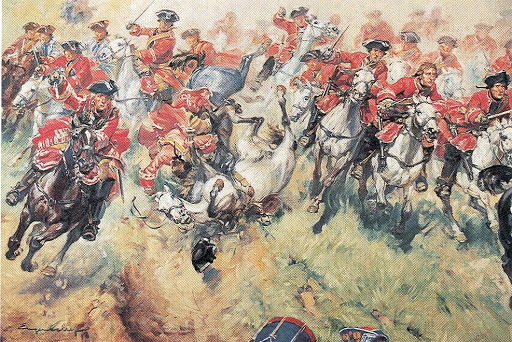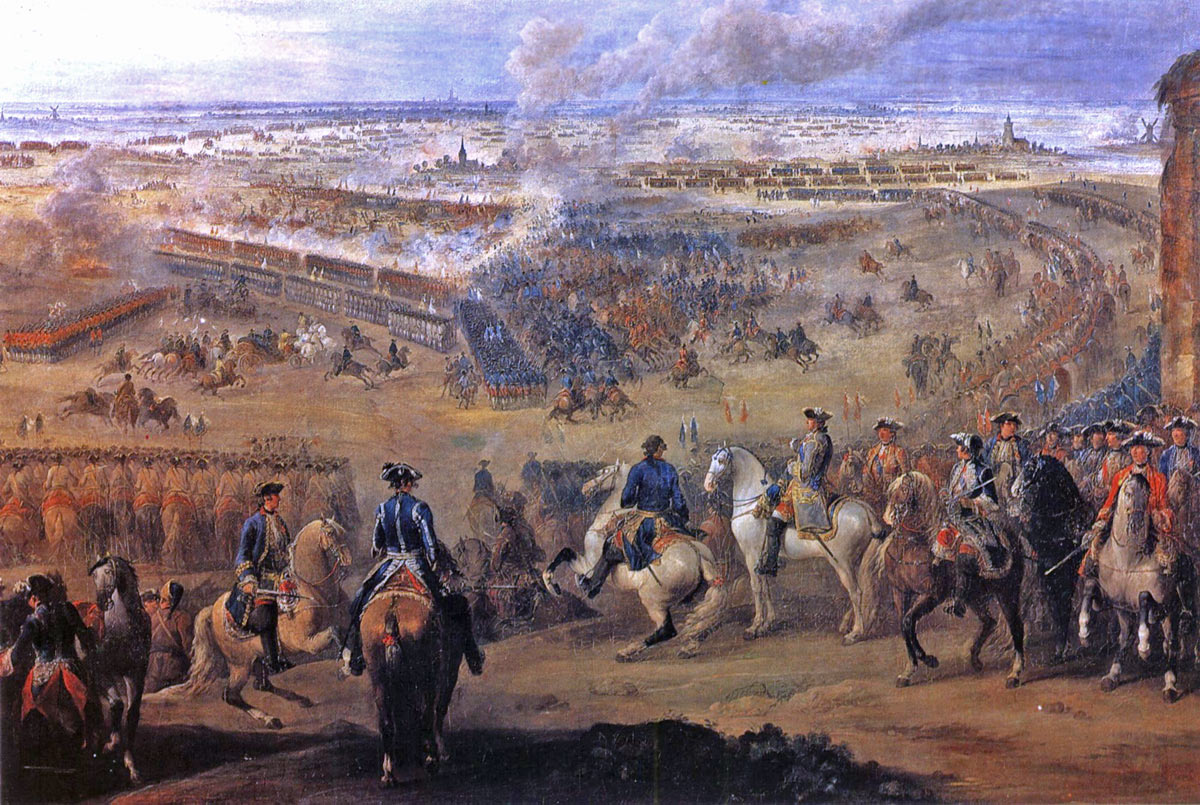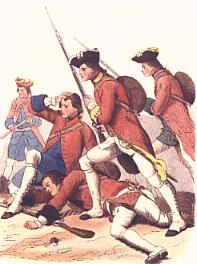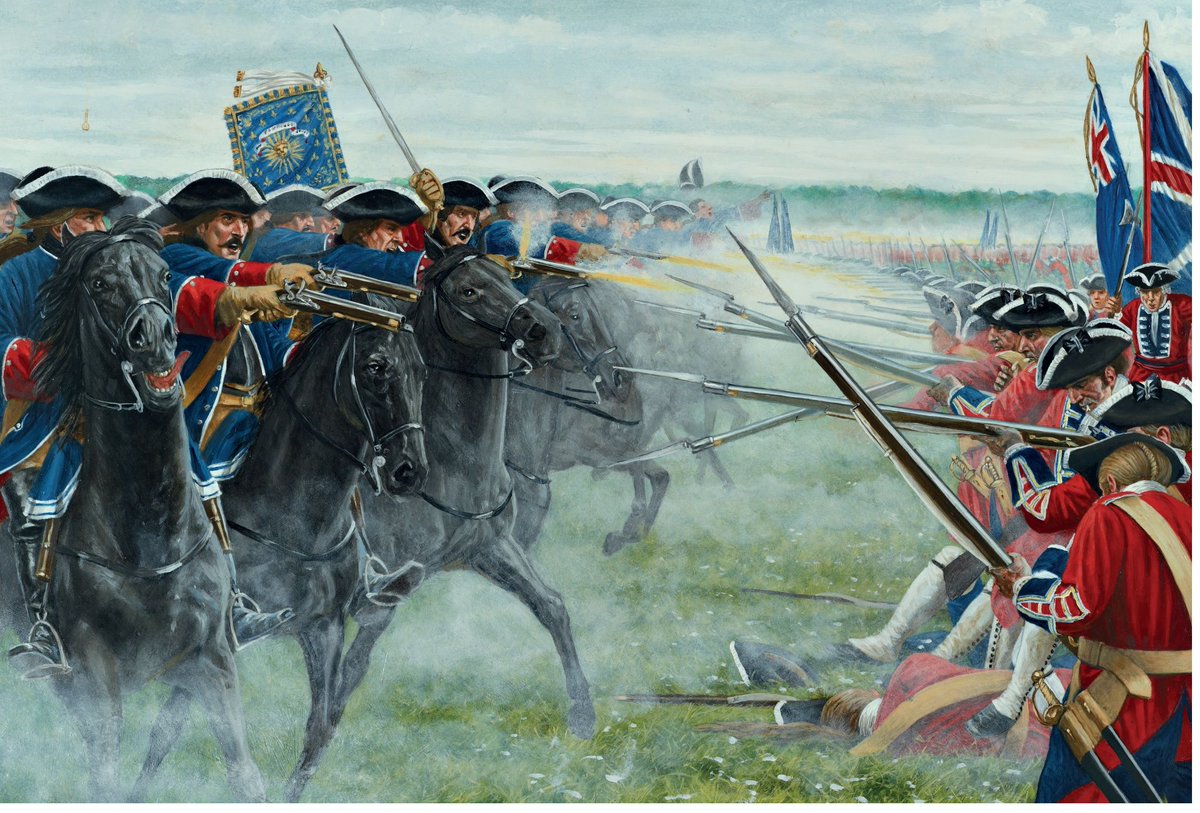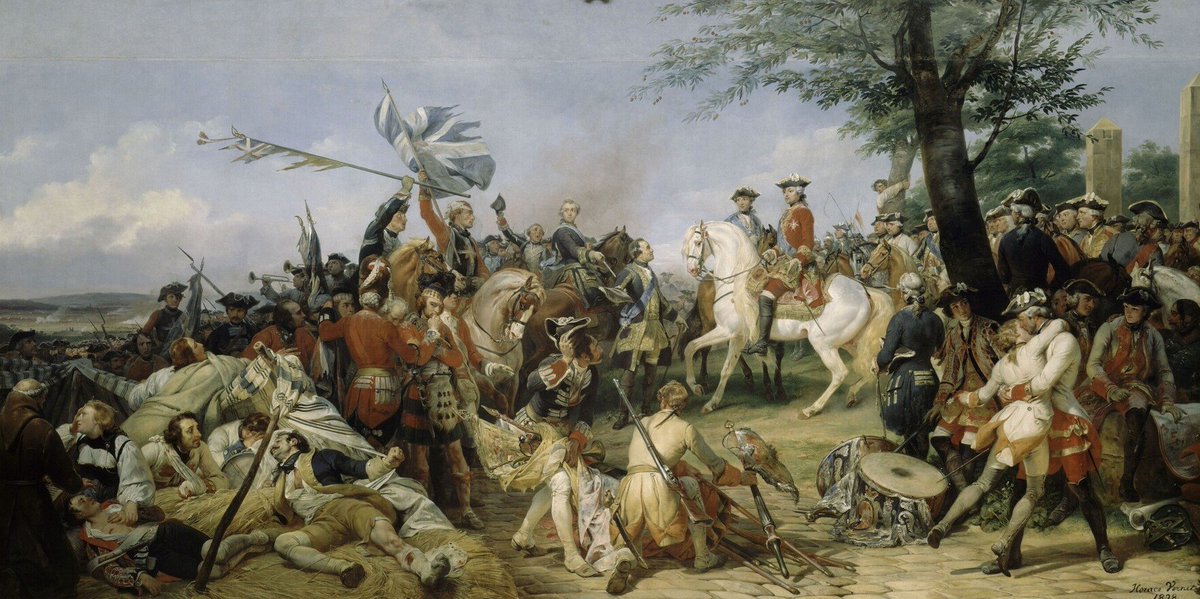Alright, in honor of St. Patrick& #39;s day, here is a short thread on the excellent service record of the French Irish Brigade. It won& #39;t be as detailed as my usual but it will hopefully still be of some interest.
Our story begins in 1688 with the Glorious Revolution. The Catholic James II was overthrown by William III of the Netherlands, who had been invited by the English Parliament to save England from "papism." James II was forced to flee to France due to his limited popular support.
In April of 1689 William and Mary (William& #39;s wife and James& #39; daughter) were coronated as joint monarchs and soon after accepted the English Bill of Rights. There was some resistance to the new monarchy in Scotland, but by far the fiercest resistance was in Catholic Ireland.
The Irish military establishment had remained loyal to James, who they invited to Ireland in early 89, and it soon began to fight a series of skirmishes with Protestant/Williamite militias. Their failed siege of Derry gave William time to rush Dutch and English troops to Ireland.
The Jacobite failure at Derry convinced Louis XIV to send 5,000 French soldiers under Lauzun (l) to Ireland in return for 5,000 Irish soldiers. These 5,000 soldiers made up the first regiments of the French Irish brigade: Mountcashel& #39;s (r), O& #39;Brien/Clare& #39;s, and Dillon& #39;s.
We will return to the men of the Irish Brigade in a bit. Meanwhile the Jacobite cause in Ireland was floundering. The Jacobite army under James II& #39;s nominal command was defeated by a larger Williamite force, commanded by William III, at the 1690 Battle of the Boyne.
Dublin soon fell to Williamite forces and James II "fled" to France, earning him the soubriquet "James the beshitten." The Jacobite cause was not yet lost; the Williamites were repulsed at the Siege of Limerick and the dashing Patrick Sarsfield destroyed William& #39;s artillery train
However, the Williamites defeated the Jacobites in the field at the bloody 1691 Battle of Aughrim, basically dooming the Jacobite cause. The result of the 2nd siege of Limerick was inevitable, and Patrick Sarsfield negotiated the passage of 14,000 Jacobites to France.
The passage of the Jacobites to the continent became known as the "Flight of the Wild Geese." Sarsfield and most of the Irish soldiery made their way to France, where they served during the 9 Years& #39; War against the hated Anglo-Dutch alliance.
It should be note that these troops were kept separate from the more professional Irish Brigade during the 9 Years& #39; War. After the war the Irish Brigade was expanded to include many of the Wild Geese. For more on the war itself check out this old thread: https://twitter.com/JasonLHughes/status/1313154970561245185?s=20">https://twitter.com/JasonLHug...
Anyways, the Irish Brigade and the Wild Geese generally served quite well in the 9 Years& #39; War and the Irish began to establish a decent military reputation in France. Sarsfield in particular was lionized, especially after his death in a heroic cavalry charge at Landen.
After the less than conclusive conclusion of the 9 Years& #39; War, James II& #39;s army-in-exile was disbanded, though many would serve with the expanded French Irish Brigade. They would soon have the chance to prove their bravery against their hated English foes once again.
Before we continue, a small note about uniforms (I& #39;m sorry, I can& #39;t help it). The Irish Brigade was rather distinctive in the French army for its wearing of red, looking more like English soldiers. This was likely intentional, as the red symbolized their loyalty to the Stuarts.
The Irish Brigade would truly establish its reputation during the War of the Spanish Succession. Click on the link below for more on the context of the War of the Spanish Succession and all of that. https://twitter.com/JasonLHughes/status/1341810062453583872?s=20">https://twitter.com/JasonLHug...
The first major action during the war that regiments of the Irish Brigade took part in was the 1702 Battle of Cremona. During the unusual nighttime winter battle, Eugene of Savoy had surprised the French in their quarters and taken the French commander Villeroi prisoner.
Eugene& #39;s surprise attack was going perfectly. French resistance was collapsing as fierce street fighting began to subside. However, 600 men of the Irish Dillon, Galmoy, and Bourke regiments had managed to reorganize themselves and held doggedly held out against Eugene& #39;s 4,000 men
As the sun rose, the Irish soldiers counterattacked as French reinforcements poured into the city. Eugene was forced to withdraw his men. He had suffered one of his few defeats due to the heroics of 600 men, 350 of whom died in the desperate battle.
"The Battle of Cremona" was composed to celebrate the victory and the battle soon became a core part of the Brigade& #39;s identity. Eugene of Savoy, who rarely saw defeat, stated that Cremona had been "taken by a miracle and saved by an even greater one."
The regiments of the Irish Brigade served bravely in numerous engagements throughout the War of the Spanish Succession. I have already covered their heroics at the Battle of Blenheim, where they nearly turned the fate of the entire battle. Link: https://twitter.com/JasonLHughes/status/1349832895217729536?s=20">https://twitter.com/JasonLHug...
While there are many engagements involving regiments of the Irish Brigade that merit attention (particularly in Italy under Vendome), I& #39;m only going to highlight one of them: Malplaquet, the bloodiest battle of the war.
France was in desperate straits in 1709. The Spanish Netherlands had fallen to the Allied armies and Marlborough seemed invincible. It fell to Marshal Villars to remedy the situation and save France from invasion.
He managed to do this at the Battle of Malplaquet, where, while defeated, he so damaged the allied armies that they could not successfully invade France and Marlborough lost political support in Britain due to his pyrrhic victory.
Villars knew that the Allied infantry had superior firepower due to their platoon fire system, so he was determined to have a defensive battle where he could place his men behind earthworks and defensive redans. After a series of complicated maneuvers, he got his wish.
Marlborough approached the battle with his customary genius but his diversionary attacks on the French flanks became costly. Nonetheless, Villars was forced to draw most of his reserves to his flanks and Marlborough launched an assault upon the French center.
The Lee, O& #39;Brien, Dorrington, and Galmoy regiments of the Irish Brigade were in the thick of the action. Alongside several Swiss regiments, they repulsed three enemy charges upon the French center and spearheaded Villar& #39;s main counterattack. brb at thread limit
The counterattack was a failure, despite the bravery of the Irish and Swiss troops. Marlborough was soon afterwards able to crack the French center (despite several brave French cavalry charges). However, the French army withdrew in good order before the enemy.
While the French had lost the battle, the army was still intact and France had been saved. The allies had suffered nearly 25,000 casualties, while the French had only slightly under 13,000 casualties. However, over 3,000 of those casualties were Irish.
The Irish would continue to serve well in that war, particularly in Spain, but I& #39;m going to jump ahead a few decades to the next great moment of the Irish Brigade, the Battle of Fontenoy in 1745.
By 1745, the original officers and soldiers of the Irish Brigade had either retired or, more likely, died. However, the Brigade was still able to draw recruits from Ireland (British authorities would rather rowdy Catholics be in France) and the descendants of the Wild Geese.
Thus, the Brigade still had its distinctive Irish character, even if some of its soldiers were no longer Irish. This is not the time to describe the complex leadup to the War of the Austrian Succession, but just know that the British and French are fighting again.
A British, Dutch, Austrian, and German army of 52,000 men under the Duke of Cumberland (favorite son of George II) was marching to relieve the Siege of Tournai. He would face the finest general of the age, Maurice de Saxe (r), and a French army of 50,000.
For the first and only time in its history, the entire Irish Brigade was present on the field. They would soon prove themselves the finest infantry in Europe before the very eyes of Louis XV and reestablish France& #39;s military reputation after years of decay.
Like Marshal Villars before him, Maurice de Saxe (who had served with the Austrians at Malplaquet in his youth) understood that the less well-trained and disciplined French infantry needed defensive works wherever possible to repulse the superior firepower of British infantry.
Maurice de Saxe also chose his ground well; his infantry took its position along a ridgeline flanked by the village of Fontenoy and a forest. Altogether it was a formidable position, but Maurice de Saxe couldn& #39;t be sure of victory, which isn& #39;t good when the king is watching.
The British infantry had overcome such positions before, and Maurice couldn& #39;t just rely upon a good position to stop their attack. Thus he deployed extensive infantry reserves, primarily composed of the Irish Brigade, as well as most of his cavalry behind his front line.
The Duke of Cumberland perhaps wasn& #39;t the smartest of generals but his plan was simple and could potentially overwhelm the "inferior" French infantry. Allied troops would make a series of diversionary attacks while the British formed a wide column aimed at the French center.
Initially, it seemed that the Duke of Cumberland& #39;s rather straightforward plan would work. British platoon fire devastated the French infantry in the front lines and put the French Guard infantry to flight and the British column was slowly but steadily pressing forward.
Dutch attacks on Fontenoy were putting even more pressure on the French lines and the ministers of Louis XV urged him to leave the field. He only stayed when Maurice de Saxe told him that the battle was not yet lost.
While Maurice& #39;s movement was curtailed due to "dropsy" and he had to be carried in a sedan chair. Several poorly coordinated yet brave French cavalry attacks slowed the British column as it began to suffer further casualties to flanking fire.
Maurice overcame the pain of his dropsy and mounted his horse to organize his artillery, which further battered the British column. Judging the moment right, Saxe ordered the final French counterattack with all of his reserves, including the fresh troops of the Irish Brigade.
The Irish Brigade surged forth with shouts of "Remember Limerick and Saxon perfidy" in Gaelic as "The White Cockade" played on the pipes. They were quickly supported by the battered remnants of the French first line, notably the Normandie regiment, and Saxe& #39;s cavalry reserve.
The Brigade suffered grievous casualties from the British platoon fire, which was still at two-thirds strength. But the Brigade kept its momentum and slammed into the column with bayonets fixed.
The final blow to the British column was the charge of the hitherto unused elite maison du roi. The combined pressure of the two charges was too much. To the immense credit of the British infantry, they did not break and instead slowly withdrew in decent order.
The battle was finally over. The casualties on both sides were immense, with the French loosing around 7-8,000 men and the Allied army loosing around 10-12,000. The Irish Brigade in particular suffered heavily, with over 700 casualties and the loss of a quarter of its officers.
However, the Irish Brigade had brought glory to both their unit and their adopted country. Without their contribution, it is unlikely that Fontenoy would have been won. The Irish Brigade had secured its position as the elite of the elite of the French army.
It is with this victory that I& #39;ll end this thread. There is more to talk about (particularly Irish participation in the & #39;45) but that will have to wait for another time.
@threadreaderapp unroll

 Read on Twitter
Read on Twitter
